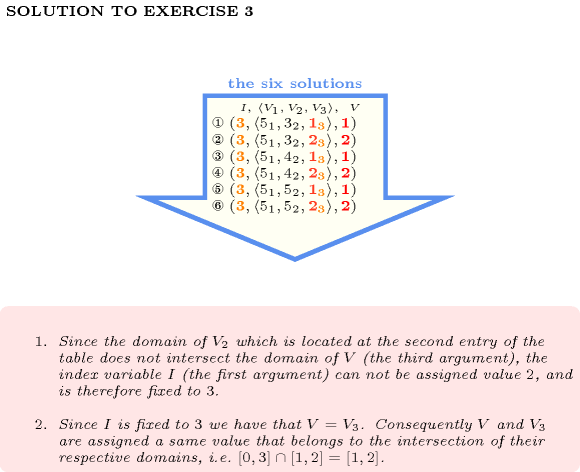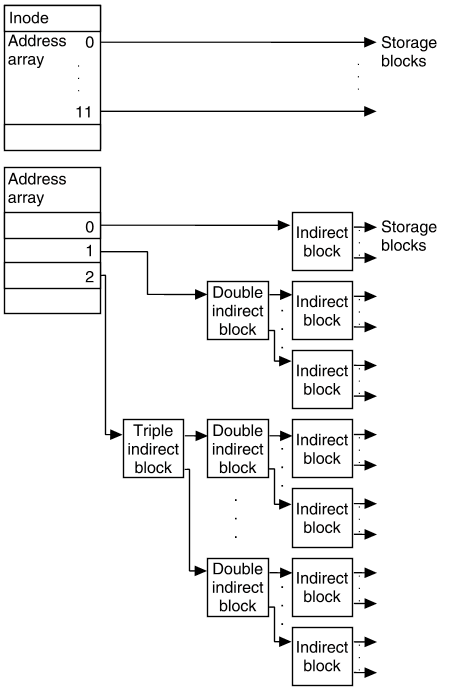

- Table indirection 64 bits#
- Table indirection software#
- Table indirection code#
- Table indirection simulator#
Look at the complete list of languages: Available language pairs The most common way is by word input (you must know which language the word is in) but you can also use your browser's search box and bookmarklets (or favelets). There are several ways to use this dictionary. Total number of translations (in millions): 15 Please help us improve this site by translating its interface. It is important to check that the files you expect to be graded are present and up to date in your SVN copy.Esperanto is only partially translated. Your repository directory can be viewed from a web browser from the following URL: Ideal_indirection folder, where you can find this assignment! To commit your changes (send them to us) type: Therefore, to hand in your code, all you have to do is commit it to your Subversion repository.įrom the class repository, go to your cs241 directory (the one you checked out for "know your tools") and run: Our grading system will checkout your most recent (pre-deadline) commit for grading. We will be using Subversion as our hand-in system this semester. These are shared between all MPs in CS 241. Use the provided test cases as a reference to learn to create tests with good coverage. We have provided some tests cases, but we encourage you to write your own as well.
Table indirection code#
Table indirection simulator#
You can run the simulator with the following command (see simulator.c). These should be done using the provided functions. The same goes for the MMU with modifying the num_tlb_misses and num_page_faults. NOTE: You must use the PageTable_get_entry and PageTable_set_entry functions rather than directly accessing the PageTable struct. Consider what should be done if the page table or frame we are trying to access has not yet been created.įor the pid, when a new pid tries to access the tlb, what do you think should happen? Think about the security risks!īe sure to read all of the functions within mmu.h, paying close attention to the comments to see the circumstances in which these functions should be called. Using PageTable_get_entry() (see pagetable.h) will allow you to traverse through the page table using the VPNx addresses. In this simulation, the virtual address is broken up as follows for a three level page table. Make sure to remove these unused bits when storing it in the TLB. MISC is not counted as part of the virtual address here.
Table indirection 64 bits#
Virtual addresses use 64 bits with only 51 bits used for the actual virtual address as you can see from the diagram below. Otherwise you must search the page tables. Thus for any virtual address, you should check whether the result has been already cached in the TLB (see tlb.h).

You can assume that the pid will always have its first page created.įrom the wikibook: “For most memory accesses of most programs, there is a significant chance that the TLB has cached the results… the TLB not have the result cached and the MMU must use the much slower page table to determine the physical frame.” Mmu here is a pointer to the MMU struct defined in mmu.h, virtual_address is the virtual address you are transforming into a physical address, and pid is the ID of this process. This should convert a virtual address to a physical address from a three level page table. This is the function you are to complete in mmu.c: void * MMU_get_physical_address ( MMU * mmu, void * virtual_address, size_t pid ) You will only have to write one function in mmu.c, but it requires a good understand of the wikibook and decent knowledge of the rest of the provided code.
Table indirection software#
Reading through these files can start to help one understand the roles of the different hardware and software involved with virtual memory. There are a few different files in this lab that each represent a different component important to virtual memory. Next, please read through the provided code as many files have comments on usage that you will find useful. Before getting started, we highly recommend that you have read the wikibook and answer the Google Form. This lab simulates the behavior of virtual memory for multiple processes. Read this in the wikibook before starting the lab.


 0 kommentar(er)
0 kommentar(er)
